Astronomers have discovered a new planet orbiting a star that took just 3 million years to form – pretty fast in cosmic terms.
The “baby” planet, estimated to be between 10 and 20 times the mass of Earth, is one of the youngest planets outside our solar system – known as exoplanets – ever discovered. It sits next to the remnants of a dense disk of gas and dust surrounding its host star (known as a protoplanetary disk), which provided the building blocks for planet formation.
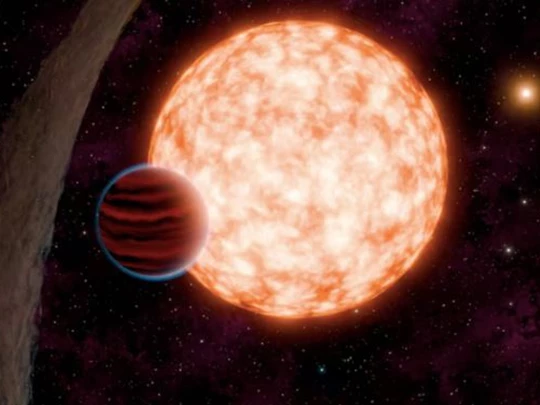
The star it orbits is expected to become a type of star called an orange dwarf, which is less hot and less massive than the sun. It is about 70% the mass of the sun and about half as bright. It is located in the Milky Way galaxy, about 520 light-years from Earth. A light-year is the distance light travels in one year, 5.9 trillion miles (9.5 trillion km).
"This discovery confirms that planets can be in a coherent form within 3 million years, which was previously unclear because Earth took 10 to 20 million years to form," said Madyson Barber, a graduate student in physics and astronomy at the University of North Carolina at Chapel Hill and lead author of the study published in the journal Nature this week.
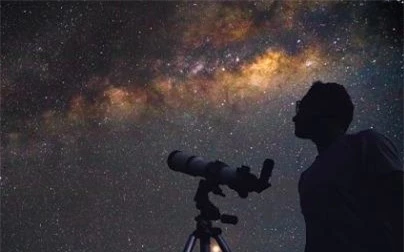
The planet, named IRAS 04125+2902b and TIDYE-1b, orbits its star every 8.8 days at a distance about one-fifth the distance between the innermost planet Mercury and the Sun. It is less dense than Earth and about 11 times larger in diameter. Its chemical composition is unknown.
Researchers discovered it using the “transit” method, which looks at the dip in brightness of the host star as the planet passes in front of it, from the perspective of a viewer on Earth. It was spotted by NASA’s Transiting Exoplanet Survey Satellite, or TESS, space telescope.
“This is the youngest known transiting planet. It's on par with the youngest known planets,” Barber said.
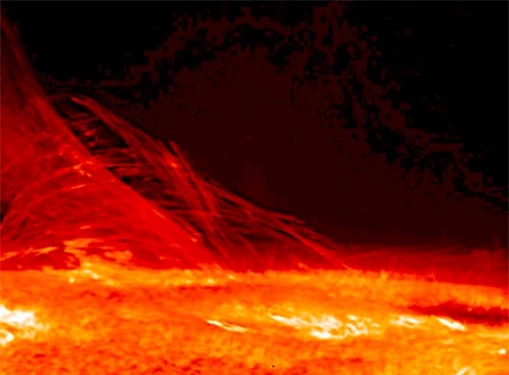
Exoplanets that are not detected by this method are sometimes directly imaged by telescopes. But they are usually giant exoplanets, about 10 times larger than the largest planet in the solar system, Jupiter. Stars and planets form from clouds of gas and dust between stars.
“To form a star-planet system, the cloud of gas and dust would collapse and rotate into a flat environment, with the star at the center and a disk surrounding it. Planets would form in that disk. The disk would then dissipate starting from the inner region near the star,” Barber said.
Additionally, Barber added: "It was previously thought that we wouldn't be able to find a transiting planet at such a young age because the disk would get in the way. But for some reason we're not sure, the outer disk is warped, creating a perfect window into the star and allowing us to detect the transit."
According to Intellectual Property and Innovation
Source: https://doanhnghiepvn.vn/cong-nghe/phat-hien-mot-hanh-tinh-so-sinh-moi-la-dang-hinh-thanh-khien-cac-nha-thien-van-hoc-to-mo/20241125021217997


![[Photo] Prime Minister Pham Minh Chinh and South African President Matamela Cyril Ramaphosa attend the business forum](https://vphoto.vietnam.vn/thumb/1200x675/vietnam/resource/IMAGE/2025/10/24/1761302295638_dsc-0409-jpg.webp)

![[Photo] Prime Minister Pham Minh Chinh chairs conference on breakthrough solutions for social housing development](https://vphoto.vietnam.vn/thumb/1200x675/vietnam/resource/IMAGE/2025/10/24/1761294193033_dsc-0146-7834-jpg.webp)
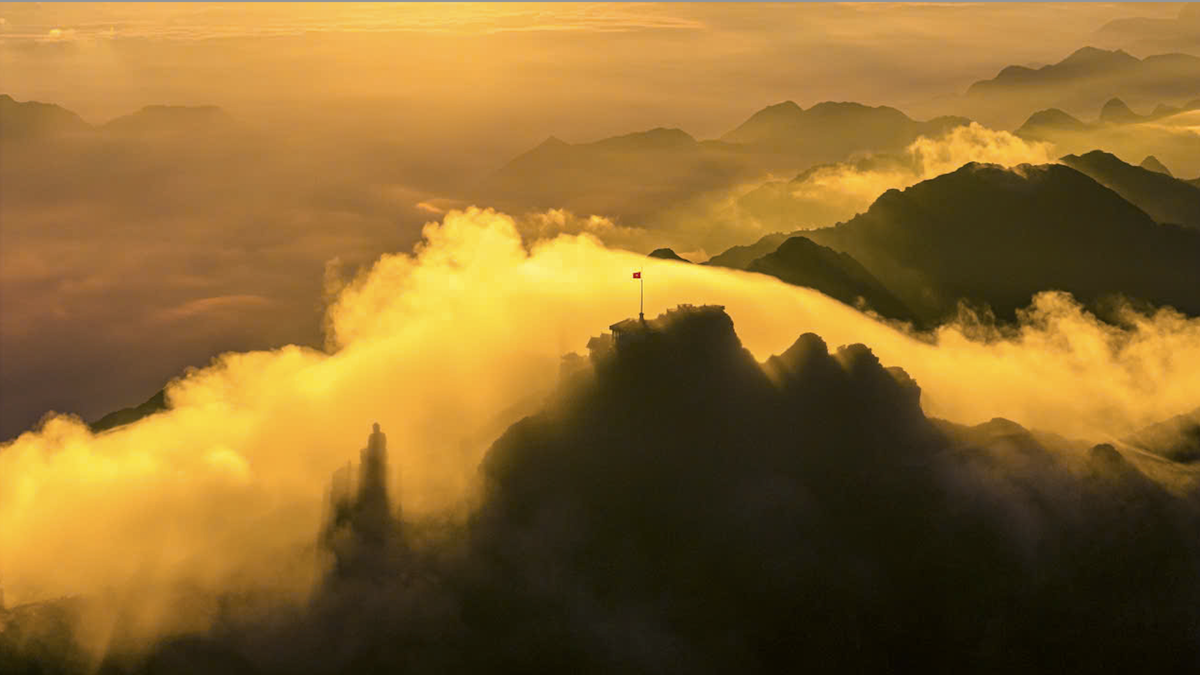
![[Photo] President Luong Cuong chaired the welcoming ceremony and held talks with United Nations Secretary-General Antonio Guterres](https://vphoto.vietnam.vn/thumb/1200x675/vietnam/resource/IMAGE/2025/10/24/1761304699186_ndo_br_1-jpg.webp)
![[Photo] Solemn funeral of former Vice Chairman of the Council of Ministers Tran Phuong](https://vphoto.vietnam.vn/thumb/1200x675/vietnam/resource/IMAGE/2025/10/24/1761295093441_tang-le-tran-phuong-1998-4576-jpg.webp)
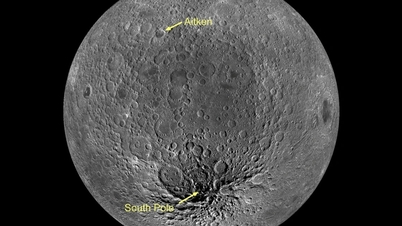



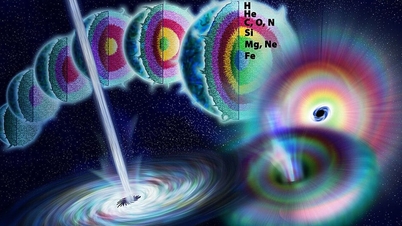


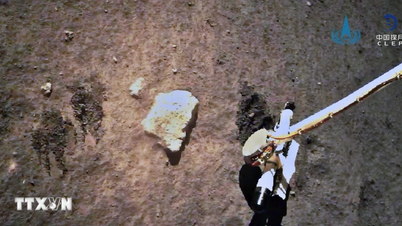

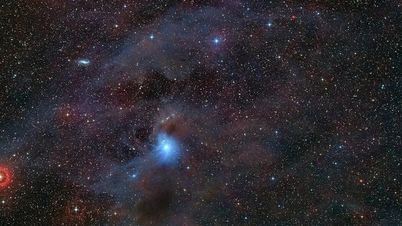
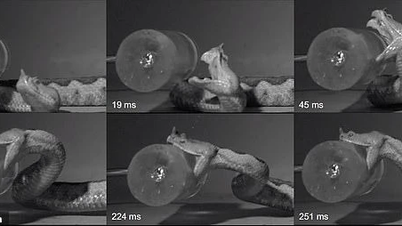




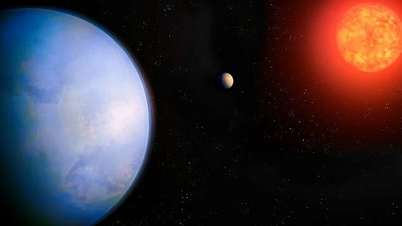
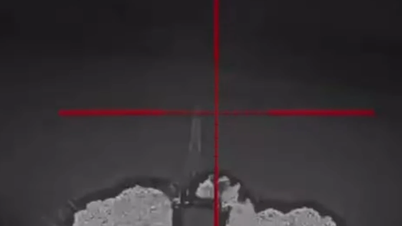




















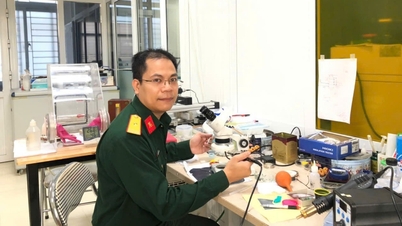






























































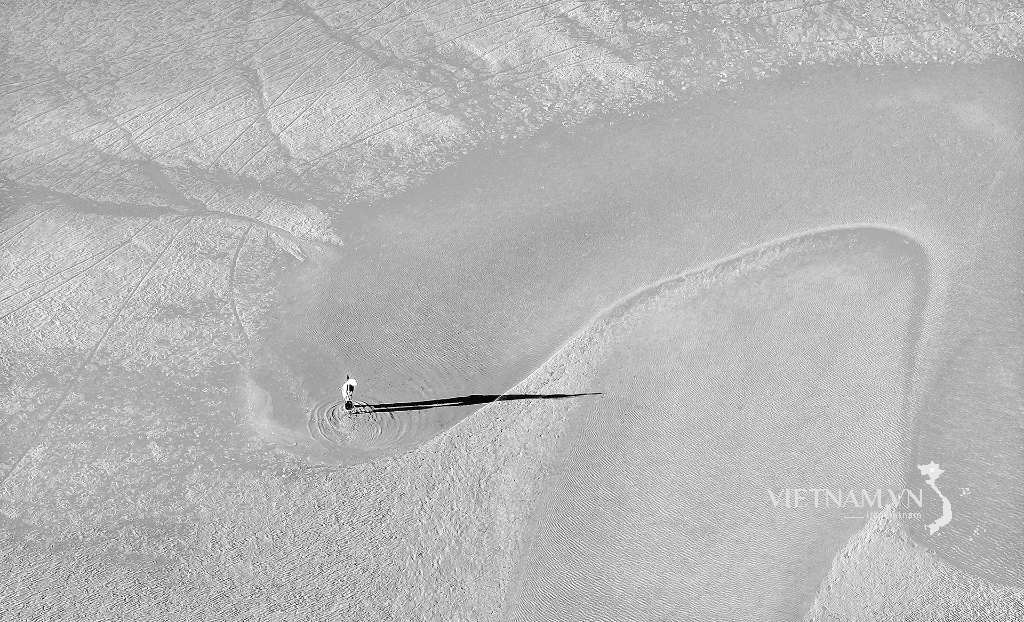

Comment (0)